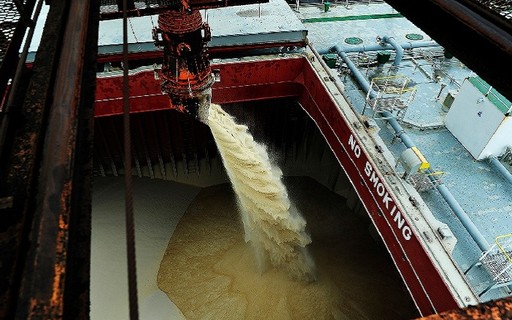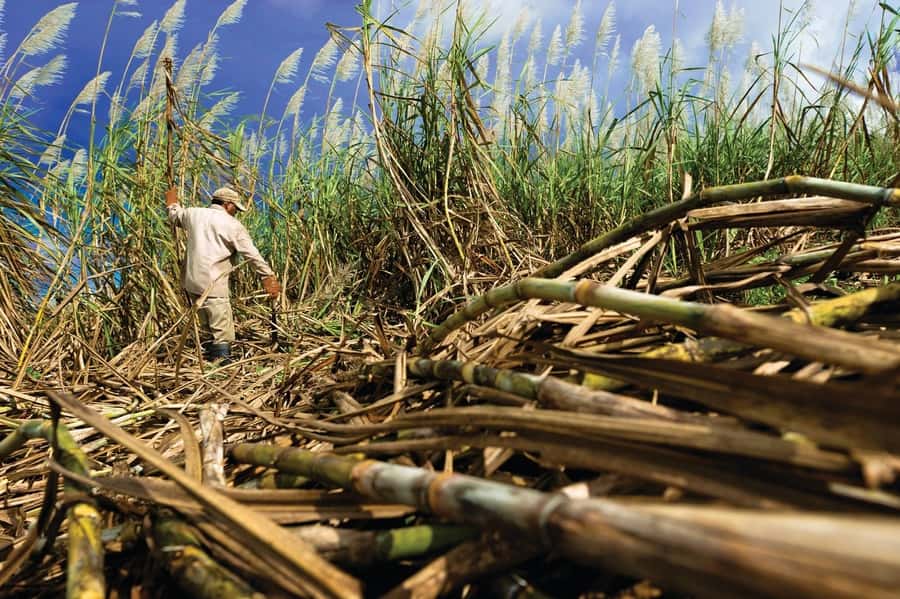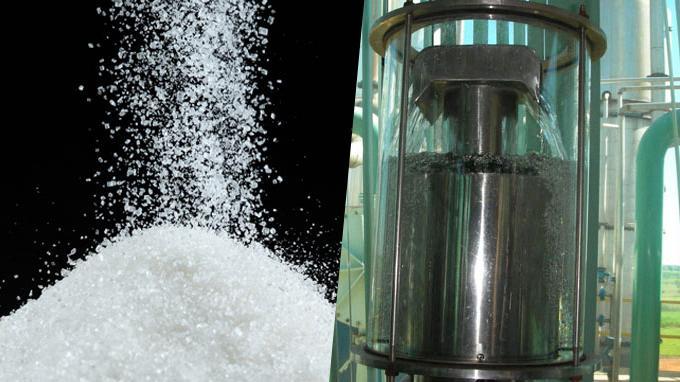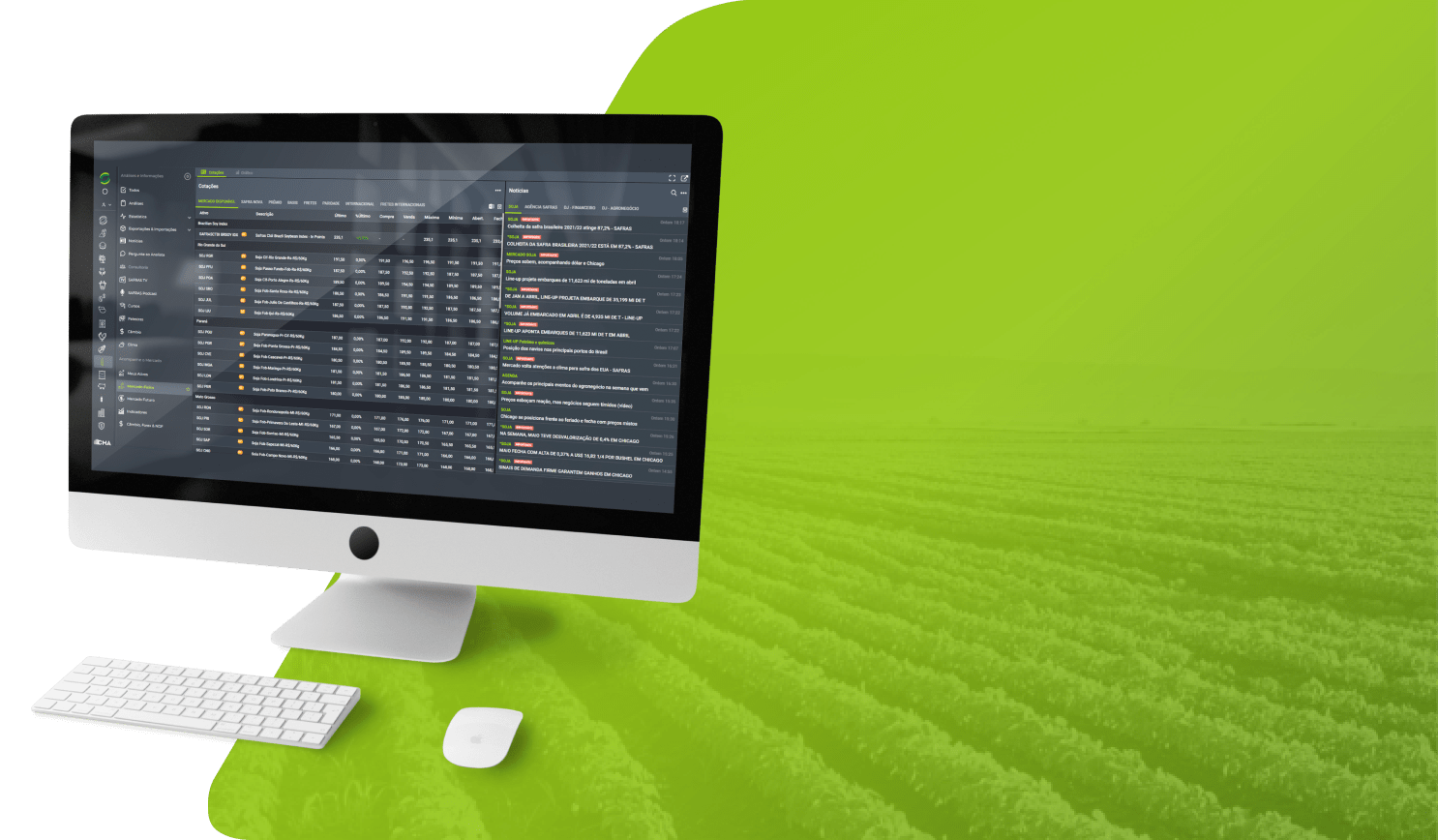The data from Unica’s most recent biweekly report for the first half of January did not include information, in its textual section, about the end of crushing activity at cane and corn mills. However, the report remained very informative regarding the residual evolution of cane crushing due to the tone of the advance of the off-season that is still underway.
Overall, 398 thousand tons of cane were processed in the first half of January, a volume 64% lower than the 1.10 mln tons that had been processed at the same time in the previous crop. Furthermore, compared to the immediately preceding fortnight, the second half of December, there was a 76% decline from the 1.72 mln tons of cane crushed that had been registered until then.
Although these numbers and comparisons show a very sharp decline both in the margin and in the annual comparison, SAFRAS & Mercado warns that cane processing levels will grow again rapidly in February, with the Center-South region expected to only have the second half of January with cane processing volumes and production of derivatives at marginal levels, as happened now in the first half of January.
SAFRAS & Mercado’s outlook is that the first half of February will see 10 mills returning to early cane crushing for the 2025/26 season and another 15 in the second half of February. Of course, the cane to be processed during this period will be considered as part of the current 2024/25 crop, which, according to the calendar, will continue until March this year.
In January, 15 mills continued the cane crushing process in the Center-South, with a volume above the five-year average, which has fluctuated around 10 mills. Therefore, cane crushing levels will remain present in the market in the second half of January at their weakest levels, while from February onward the supply of processed cane should resume growth.
It is also important to highlight the behavior of mills regarding the production of derivatives. On the one hand, there is a 64% decline in cane crushing in the annual comparison, between the first half of January of the current crop and the same period last year. This resulted in a 79% decline in sugar production, which dropped from 46 to 9.3 thousand tons, practically non-existent. On the other hand, the levels of production of anhydrous and hydrated ethanol showed completely opposite patterns.
Anhydrous ethanol production increased by 11% this year, with a current volume of 138 mln liters against 123 mln liters last year. Hydrated ethanol increased by 12% this year, with its current volume of 240 mln liters, in contrast to the 214 mln liters of the previous year.
In addition, SAFRAS & Mercado draws special attention to the volumes of purchases by distributors from mills: 543 mln liters of anhydrous ethanol and 803 mln liters of hydrated ethanol. Considering this demand from the first half of January, projecting it for the second half of the month and considering an additional day of average daily sales in the first fortnight, we can project a final demand for January of 1.12 bln liters of anhydrous ethanol and 1.66 bln liters of hydrated ethanol.
If this sales pattern for both biofuels is confirmed, hydrated ethanol should see a 6% decline in both the year and the margin, while anhydrous ethanol should also see an 8% increase, both in the year and in the margin. Another important point is the strong concentration level of the mix for hydrated ethanol, which in the first half of January fluctuated at 79%, above the 68% level in the second half of January, but in line with the concentration pattern of the mix during the end and beginning of each crop.









